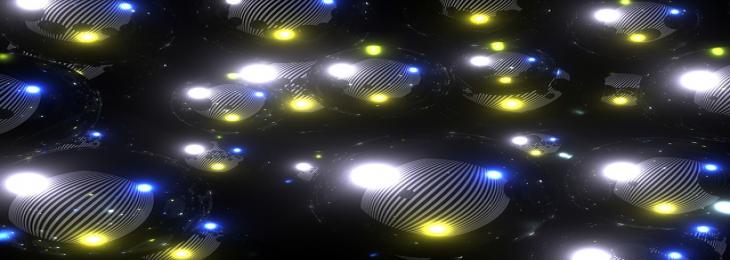
According to the researchers, the sensor will be 10x more attentive than in other related studies.
All the theories relating to the dark matter are surprisingly mysterious. Using a two-dimensional quantum crystal, scientists at the National Institute of Standards and Technology (NIST) have introduced a unique detector that could aid in the detection of specific hypothetical dark matter particles. Centuries of astrophysical findings indicate that there is much more mass I the universe than we can see. This has caused researchers to conclude that the universe is monopolized by a weird substance known as dark matter, that does not interact, refract or reflect with light in almost any way and only impacts standard matter via its powerful gravitational pull.
The experimental evidence for this material keeps piling up in space, but it is harder to identify instantly. And it isn’t for an absolutely no reason-research are continuously being suggested or executed, with the goal of observing various reference particles focusing on various characteristics they might or might not have. Many use enormous underground tanks full of liquid that can sense an accident by transferring the dark matter particle, whereas others take on small pendulums for gravity. A theoretical particle named an axion is one of the major contenders. According to prototypes, axions have an impartial electric current, hardly any mass, move in ripples and most significantly have very little impact on electricity and magnetism.
The NIST researchers has now created a new type of axion sensor. It consist of 150 beryllium ions locked in a magnetic flux and is just 200 microns dense in a horizontal plane. If subjected to an electric field, the atomic planes would be moved up and down. The researchers suggest that the sensor is 10x more receptive than other scientific researches, which can sense a 240 nanovolt electric field m/s. This quantum crystal’s luminescence may then show whether an axion has stirred via the apparatus. The scientists say that this research project might help uncover one of the most longstanding cosmic secrets if it is ever joined in the quest for dark matter.






